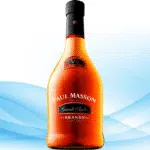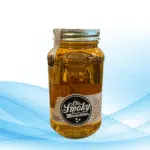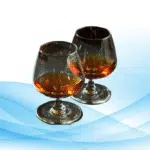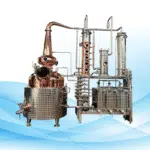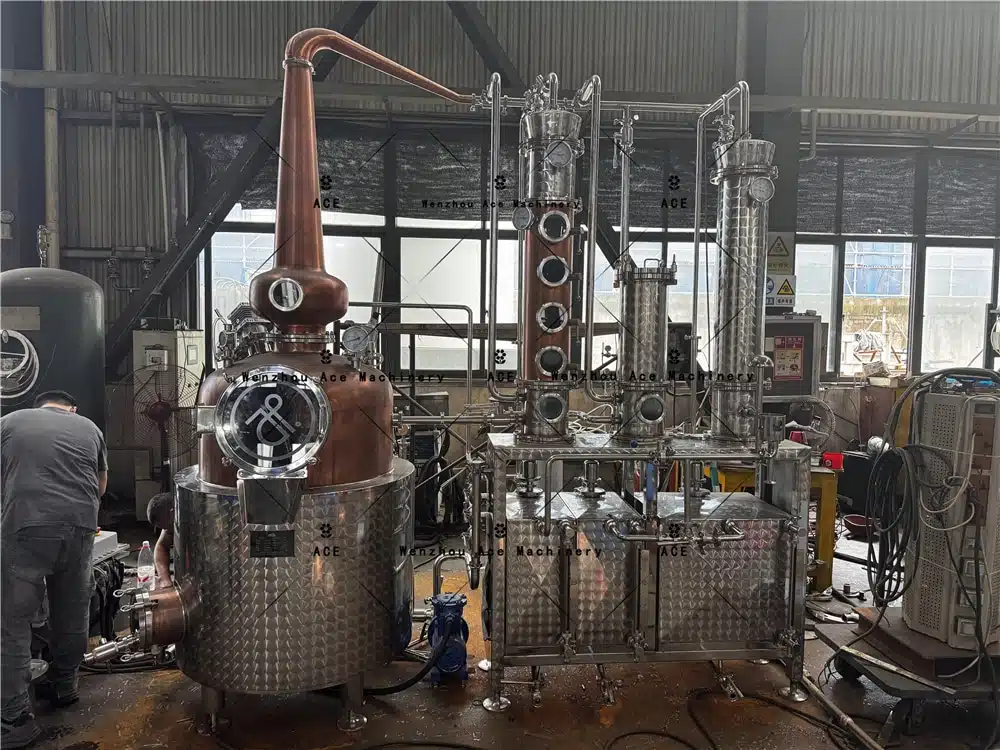What is Beer?
Beer has been in existence for a long time and is the most consumed alcoholic beverage in the world. This beverage is made from fermenting sugars that are primarily obtained from grains such as barley and is known for its wide variety of tastes, smells, and textures. This particular technique of preparation uses certain raw materials and processes to yield a product that can be either sharply refreshing or richly laden, or anywhere in between. But what are the main beer ingredients, and how do they influence its characteristics?
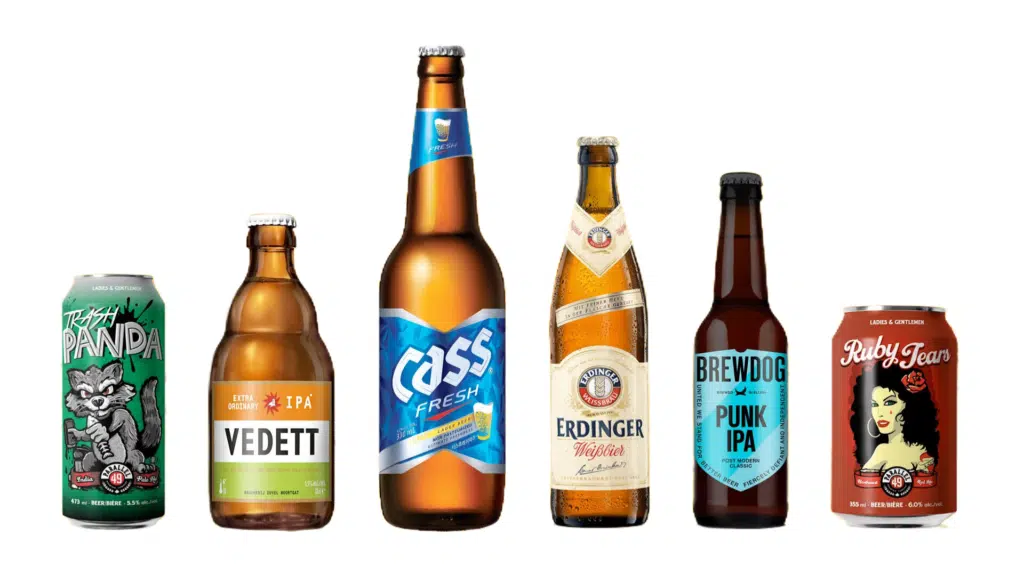
What are the Main Ingredients of Beer?
While beer may seem like a simple beverage, it is made up of four primary ingredients: water, cereals (usually malted barley), hops, and yeast. Each of these components is essential to the preparation of beer, determining its taste, color, aroma, and other properties.
Water
Water is the largest constituent of beer, making up over 90% of its content. The hardness or softness of the water used in brewing can significantly affect the flavor of the beer. Hard water, rich in calcium and magnesium ions, is often used for brewing heavy dark beers like stouts, while soft water is preferred for light, delicate beers like pilsners. The pH of the water also plays a role in the efficiency of the mashing process and the extraction of flavors from the grains.
Cereal (Malts)
While a variety of cereals can be used in brewing, barley is the primary ingredient. Malting involves soaking barley grains in water to encourage germination, then drying them to halt the process. This converts the starches in the grains into fermentable sugars, which provide alcohol and sweetness to the beer. Different types of malts, such as pale or dark malts, are used to create various styles of beer, from light lagers to rich, dark stouts.
Hops
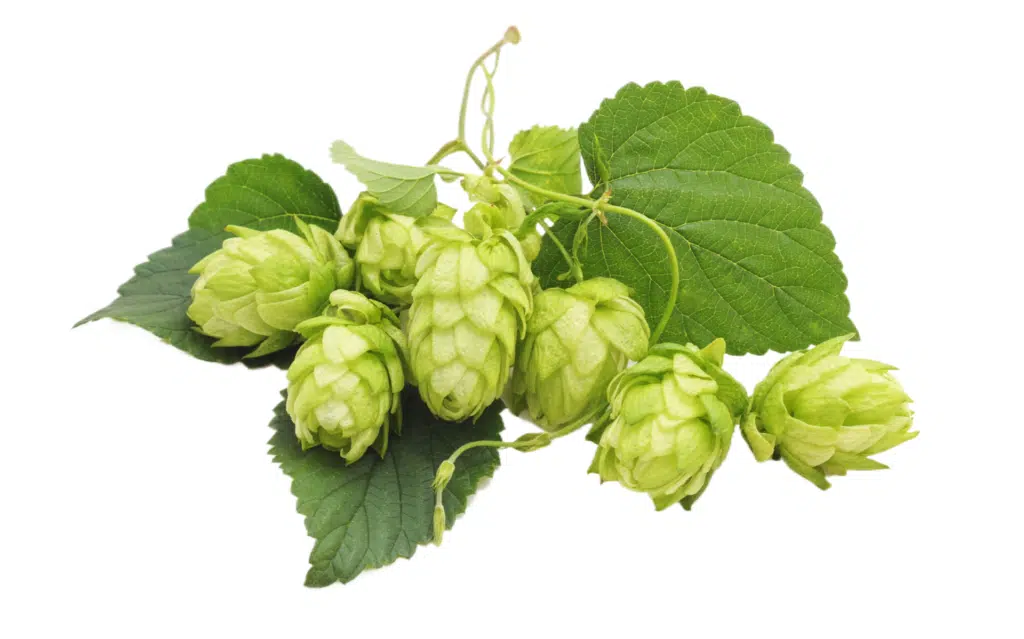
Hops are the cone-shaped flowers of the hop plant (Humulus lupulus) and serve two main purposes in brewing: flavoring and bittering. Hops balance the sweetness of the malt by adding bitterness, which prevents the beer from being overly sweet. They also contribute floral, fruity, herbal, or citrusy aromas depending on the hop variety. Popular hops like Cascade or Ciara are used in IPAs to impart a burst of citrus flavor.
Yeast
Yeast is responsible for fermentation, turning the sugars from the malt into alcohol and carbon dioxide. Two main types of yeast are used in brewing: ale yeast (Saccharomyces cerevisiae) and lager yeast (Saccharomyces pastorianus). Ale yeast ferments at warmer temperatures, producing fruity and bold beers, while lager yeast works at cooler temperatures, creating clean, crisp flavors in beers like lagers and pilsners.
Other Factors Affecting Beer Quality
Apart from the basic ingredients, other factors like brewing techniques, fermentation temperatures, and filtration processes also influence the quality and taste of beer. Modern brewers often use adjuncts like spices, fruits, honey, or coffee to create unique seasonal variations.
Frequently Asked Questions
What’s inside the beer?
Beer is composed of four main ingredients: water, malted grains (usually barley), hops, and yeast. Each ingredient contributes to the flavor, appearance, and texture of the beer, though additional ingredients can be used to diversify beer styles.
What gives beer its taste?
The taste of beer is a balance between malt sweetness, hop bitterness, and yeast fermentation. The mineral content of the water and the addition of adjuncts like spices or fruit can also influence the flavor.
Is there pure beer?
Yes, pure beer is made using traditional brewing techniques and quality ingredients: water, malt, hops, and yeast. However, some commercial beers may include artificial flavors or preservatives, so it’s important to check the label.
Conclusion
Beer may seem simple, but every ingredient plays a crucial role in creating its unique flavor and character. From the water to the yeast, each component influences the final product, whether it’s a light lager, a robust stout, or something in between. Understanding these ingredients can deepen one’s appreciation for the craft of brewing and the rich variety of beers available today.

